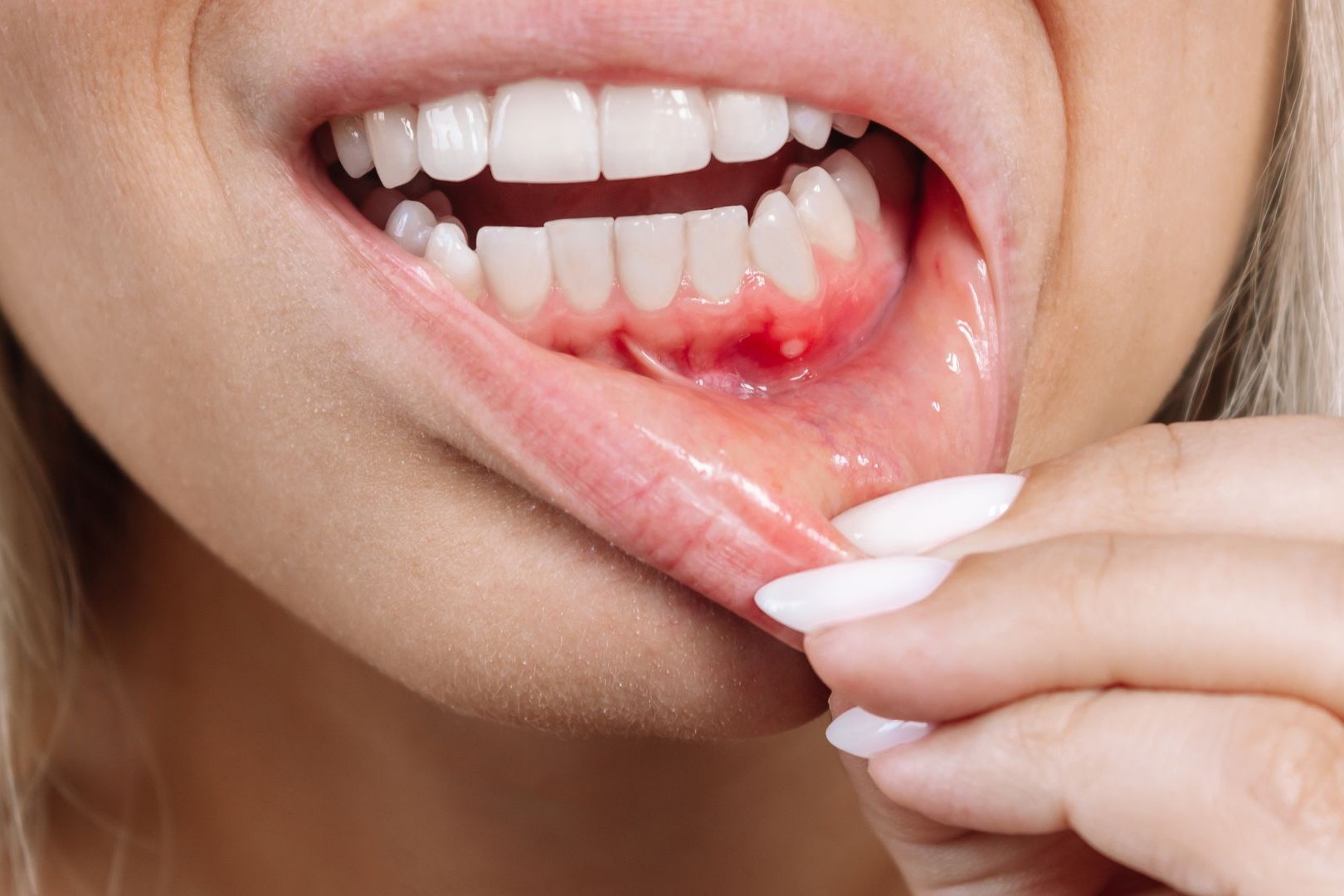
Pyorrhea, also known as periodontitis, is a severe gum infection that can lead to tooth loss and other serious health issues if left untreated. This condition affects the tissues and bones supporting the teeth, causing inflammation, bleeding, and even pus formation. But what exactly causes pyorrhea, and how can it be prevented? Poor oral hygiene, smoking, and certain medical conditions like diabetes are common culprits. Regular dental check-ups, proper brushing, and flossing can help keep this disease at bay. In this article, we'll uncover 27 essential facts about pyorrhea, shedding light on its symptoms, treatments, and preventive measures. Stay tuned to learn more about maintaining a healthy smile and avoiding this painful condition.
What is Pyorrhea?
Pyorrhea, also known as periodontitis, is a severe gum infection that damages the soft tissue and destroys the bone supporting your teeth. It can lead to tooth loss and other serious health complications if not treated promptly. Here are some interesting facts about this dental condition.
Causes of Pyorrhea
Understanding what causes pyorrhea can help in preventing it. Here are some key factors:
-
Bacterial Infection: Pyorrhea is primarily caused by bacteria in dental plaque. When plaque is not removed, it hardens into tartar, leading to gum inflammation.
-
Poor Oral Hygiene: Neglecting regular brushing and flossing can lead to plaque buildup, increasing the risk of pyorrhea.
-
Smoking: Tobacco use is a significant risk factor. Smokers are more likely to develop gum disease than non-smokers.
-
Genetics: Some people are genetically predisposed to gum disease, making them more susceptible to pyorrhea.
-
Diabetes: People with diabetes are at higher risk due to their compromised immune systems and higher blood sugar levels.
Symptoms of Pyorrhea
Recognizing the symptoms early can lead to timely treatment. Here are some common signs:
-
Swollen Gums: One of the first signs is swollen, red, or puffy gums.
-
Bleeding Gums: Gums that bleed during brushing or flossing can indicate pyorrhea.
-
Bad Breath: Persistent bad breath or a bad taste in the mouth can be a symptom.
-
Receding Gums: Gums that pull away from the teeth, making them look longer, is a sign of gum recession.
-
Loose Teeth: As the disease progresses, teeth may become loose or shift in position.
Complications of Pyorrhea
If left untreated, pyorrhea can lead to several complications. Here are some potential issues:
-
Tooth Loss: The most severe consequence is the loss of teeth due to bone destruction.
-
Abscesses: Infected pockets of pus can form in the gums, causing pain and swelling.
-
Bone Loss: The infection can destroy the jawbone, leading to significant dental issues.
-
Heart Disease: There is a link between gum disease and heart conditions, possibly due to inflammation.
-
Stroke: Some studies suggest that gum disease may increase the risk of stroke.
Treatment Options for Pyorrhea
Various treatments can help manage and cure pyorrhea. Here are some common methods:
-
Professional Cleaning: Dentists can remove plaque and tartar through scaling and root planing.
-
Antibiotics: Medications can help control bacterial infection and inflammation.
-
Surgery: In severe cases, surgical procedures like flap surgery or bone grafts may be necessary.
-
Laser Therapy: Lasers can be used to remove infected tissue and promote healing.
-
Home Care: Maintaining good oral hygiene with regular brushing, flossing, and using antiseptic mouthwash is crucial.
Preventing Pyorrhea
Prevention is always better than cure. Here are some tips to keep pyorrhea at bay:
-
Regular Dental Visits: Routine check-ups and cleanings can help catch early signs of gum disease.
-
Proper Brushing: Brush your teeth at least twice a day with fluoride toothpaste.
-
Flossing: Daily flossing removes plaque from areas your toothbrush can't reach.
-
Healthy Diet: A balanced diet rich in vitamins and minerals supports gum health.
-
Quit Smoking: Avoiding tobacco products can significantly reduce your risk.
Interesting Facts about Pyorrhea
Here are some lesser-known facts about pyorrhea that might surprise you:
-
Ancient Disease: Pyorrhea has been affecting humans for thousands of years. Evidence of gum disease has been found in ancient Egyptian mummies.
-
Common Condition: It is one of the most common dental problems worldwide, affecting millions of people.
Understanding pyorrhea, its causes, symptoms, complications, and treatments can help you take better care of your oral health. Regular dental visits and good hygiene practices are key to preventing this serious gum disease.
Key Takeaways on Pyorrhea
Pyorrhea, or periodontitis, is a serious gum infection that can lead to tooth loss if untreated. It's caused by plaque buildup and poor oral hygiene. Symptoms include swollen gums, bad breath, and loose teeth. Regular dental check-ups and good oral care can prevent it. Treatments range from deep cleaning to surgery, depending on severity. Smoking and diabetes increase the risk. Early detection is crucial for effective management. Remember, maintaining healthy gums is just as important as keeping your teeth clean. Don't ignore signs of gum disease; seek professional help promptly. Your oral health impacts your overall well-being. Stay informed, practice good hygiene, and visit your dentist regularly to keep pyorrhea at bay.
Was this page helpful?
Our commitment to delivering trustworthy and engaging content is at the heart of what we do. Each fact on our site is contributed by real users like you, bringing a wealth of diverse insights and information. To ensure the highest standards of accuracy and reliability, our dedicated editors meticulously review each submission. This process guarantees that the facts we share are not only fascinating but also credible. Trust in our commitment to quality and authenticity as you explore and learn with us.
